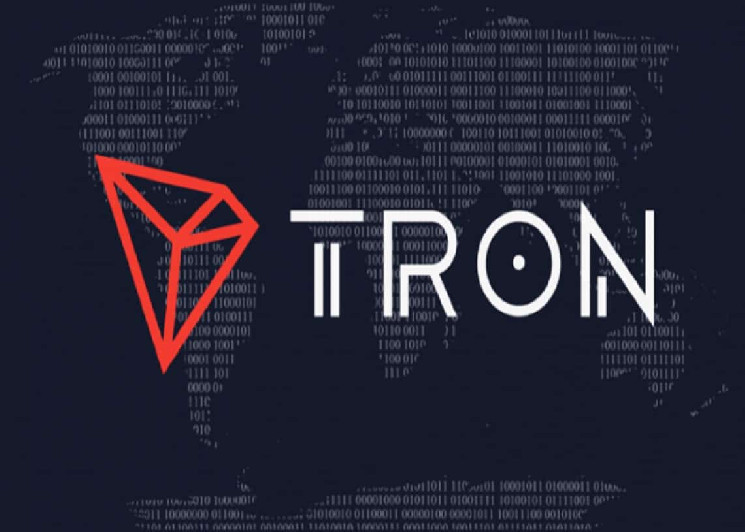The liquid staking protocol Swell has experienced a significant increase in its total value locked, reaching 108,000 ether valued at approximately $245 million this month. This surge in Swell’s TVL has positioned it as the fourth-largest liquid staking protocol, trailing behind major players such as Lido, Rocket Pool, and Frax.
The recent upsurge in Swell’s total value locked can be attributed to the introduction of “Pearl” rewards, where users are incentivized with points for minting the liquid staking token, swETH, and restaking it on the EigenLayer platform. Since the launch of the reward program in mid-December, there has been a notable increase in activity, with users minting over 53,000 swETH valued at more than $120 million.
EigenLayer, the platform where users can deposit and re-stake ether from various liquid staking tokens to secure third-party networks, has expanded its supported assets to include six additional liquid staking tokens, including Swell’s swETH. This expansion has contributed to Swell emerging as one of the biggest beneficiaries in terms of asset inflows.
Despite concerns about centralization, Swell’s surge in TVL demonstrates the growing appeal of liquid staking in the Ethereum ecosystem. Liquid staking has become popular due to its ability to simplify the staking process and provide users with more control over their capital, eliminating the complexities associated with running validator nodes.
Furthermore, Swell users who stake their ETH receive a yield-bearing liquid staking token in return, offering both value retention and flexibility within the broader DeFi ecosystem, allowing for additional yield generation.
The data and insights provided by Dragonfly analyst Hildobby and the surge in Swell’s TVL illustrate the significant developments within the liquid staking sector and highlight its growing significance within the crypto and NFT industry.









